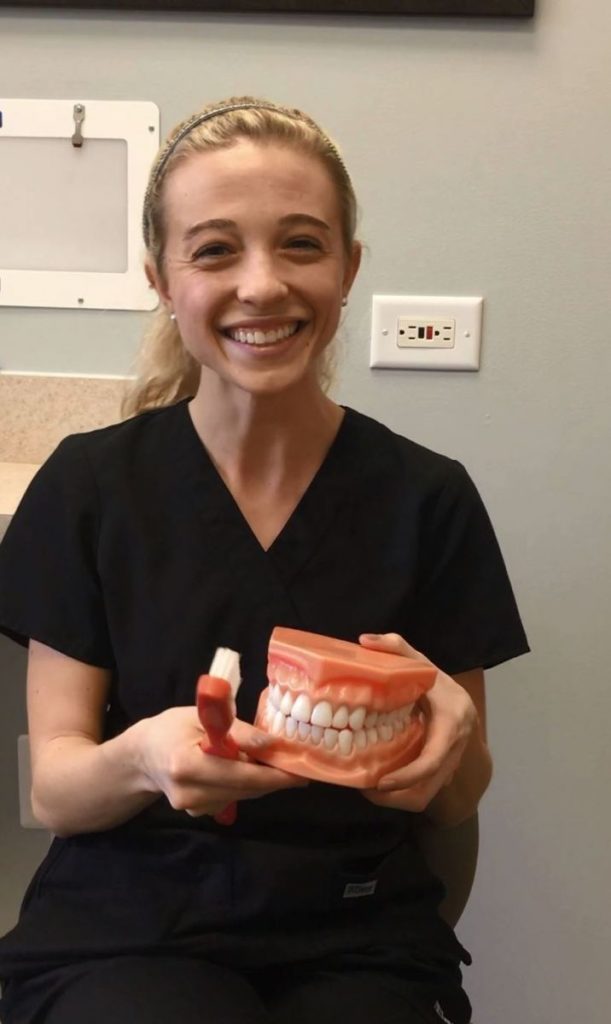Brushing Your Teeth the Right Way
Proper brushing is probably the most important way to keep your mouth healthy. Brushing correctly and with the proper frequency can help you prevent problems before they appear. There are four important things you will need to properly brush your teeth: a toothbrush with soft bristles, toothpaste with fluoride, the correct angle of brushing, and brushing in a pattern. Use the following tips to help you get the most out of your brushing.
- It is important to brush at least twice a day, after breakfast and before bed.
- You should use a toothbrush with soft bristles. Soft bristles with rounded tips are gentler to your teeth and gums, and the also make it easier to remove plaque below the gum line where periodontal disease starts.
- Use about a pea-sized amount of toothpaste that contains fluoride. Fluoride hardens the outer enamel layer of the teeth. It can stop a cavity before it worsens as well as provide you with more resistance to future cavities.
- Angle the brush along the gum line at a 45-degree angle and apply firm pressure so that the bristles slide under the gum line.
- Vibrate the brush while you brush in short back and forth strokes and in small circular motions. Brush two or three teeth at a time and then move to the next two or three, allowing some overlap.
- Tilt the brush and use the tip to brush the backs of the front teeth.
- It is OK to brush in any regular pattern you choose but since the insides of the teeth tend to get less attention, you might start with the insides of the upper teeth and then move to the insides of the lower teeth. Then switch to the outsides of the upper teeth and then the outsides of the lower teeth. Brush the chewing surfaces of the upper teeth, then the same on the lower teeth. Complete your routine by gently brushing your tongue and the roof of your mouth. This will remove germs that can cause bad breath.
- Change your toothbrush at least every three months or when the bristles are worn or bent. Old bristles don’t clean well under the gum line and they host more plaque and disease-causing bacteria than new ones.



